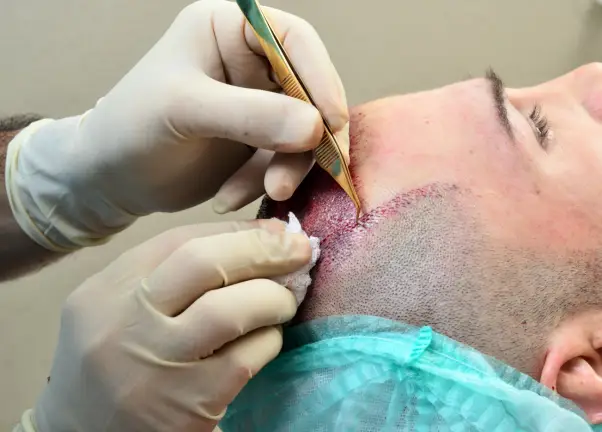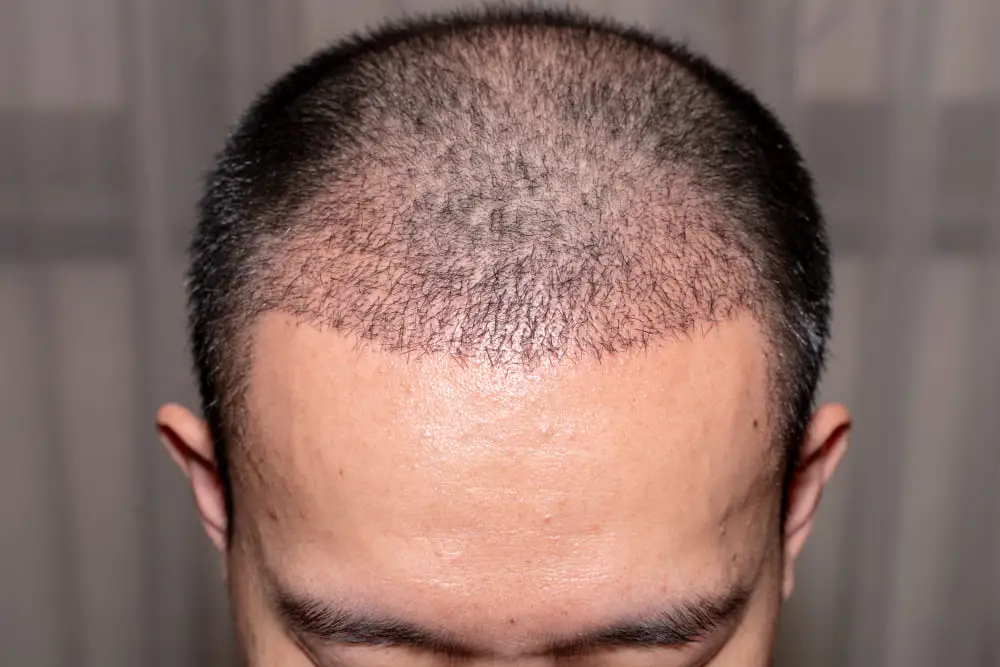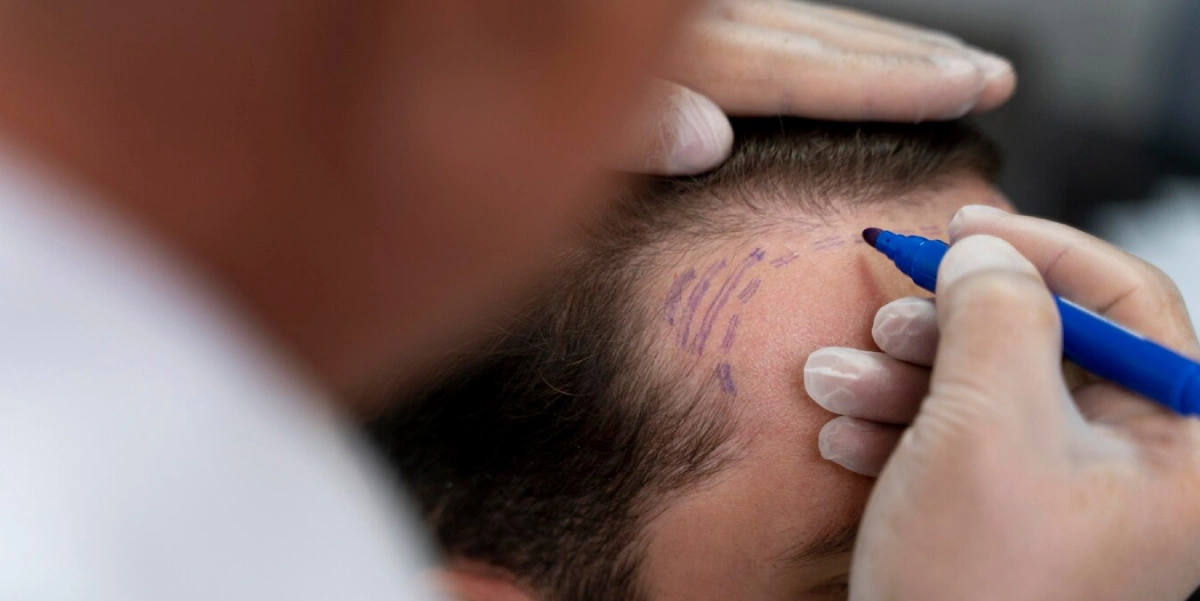Different FUE Hair Transplant Techniques: Which One Is An Ideal Option
- By Harleys Clinic
- Jun, 01 2023
Hair loss can be a distressing and embarrassing situation for both men and women. Fortunately, advances in medical technology have led to various hair transplant techniques that offer effective solutions for restoring hair growth. Among these techniques, Follicular Unit Extraction (FUE) has gained significant popularity. However, the FUE technique has several modifications, including Bio-FUE, DHI, and DHT. Each approach has its exceptional features and benefits. In this article, Dr. Sumit Agrawal, a leading hair transplant surgeon in India at Harleys Hair Transplant Clinic compares these variations of FUE to help one understand which one might be the right choice for one’s hair restoration needs.
Bio-FUE:
Bio-FUE is a modified version of the traditional FUE technique in Mumbai incorporating a pla-sma solution. This solution contains growth factors, vitamins, and proteins that nourish the extracted hair follicles and enhance their survival rate when transplanted. The application of the pla-sma solution is believed to promote better hair growth and improve the overall outcome of the hair transplant procedure.
One of the advantages of Bio-FUE is its ability to stimulate the growth of thinned-out hair in the mid-scalp and crown areas. This drives it as an attractive option for individuals experiencing generalised hair thinning. Additionally, Bio-FUE is associated with quick healing and minimal scarring. It can be incredibly beneficial for patients with a limited donor area or those undergoing multiple hair transplant procedures.
However, it's important to note that Bio-FUE may have a higher expense tag than traditional FUE. But the results are worth it!

DHI (Direct Hair Implantation):
DHI is a variation of FUE that involves harvesting follicles by a manual punch one by one & then implanting follicles directly into the recipient area without creating slits beforehand. In DHI, a pen-like tool called a Choi implanter that allows precise placement of the grafts without the need for pre-created slits in the recipient area. The use of the Choi implanter aims to achieve a more natural-looking hairline and minimise trauma to the scalp.
DHI is often considered less invasive and offers a faster recovery than traditional FUE. It can be particularly suitable for individuals with a limited hair loss area who require fewer grafts. However, it's vital to note that using the Choi implanter tool may increase the overall procedure time and, consequently, the cost. DHI may not be ideal for individuals with advanced hair loss, as it may not yield optimal results in such cases.
DHT (Direct Hair Transplantation):
Direct Hair Transplantation in Mumbai at Harleys Hair Transplant Clinic is a relatively newer FUE technique that aims to streamline the hair transplant process. Unlike other FUE techniques where the extracted grafts are stored before implantation, DHT involves extracting and implanting hair follicles simultaneously in a single step. This technique is performed by creating slits at the beginning of the procedure, followed by the immediate extraction and implantation of the grafts using a micromotor.
DHT is known for its speed and efficiency, as it eliminates the need for graft storage. It can be particularly suitable for individuals with a limited area of baldness or those requiring fewer grafts. However, the simultaneous extraction and implantation of hair grafts can be a complex and time-consuming process that requires a well-trained surgical team. Additionally, DHT may not be the optimal choice for individuals with advanced hair loss or those who need a large number of grafts, as it may result in lower survival rates compared to other FUE techniques.
Consult The Experts at Harleys Hair Transplant Clinic
Hair loss or thinning hair can significantly impact one's self-confidence, regardless of their gender or age. If one is considering hair transplant surgery and wondering if they are an ideal candidate, one can schedule a consultation with a renowned hair transplant doctor at Harleys Hair Transplant Clinic, a leading Hair Transplant Clinic in Mumbai.
What to Expect During the Consultation at Harley’s Hair Transplant Clinic?
One can book a consultation with a hair transplant surgeon in Mumbai at Harleys Hair Transplant Clinic. At the clinic, one will meet with an expert hair transplant surgeon. During this meeting, the surgeon will discuss one’s aesthetic goals and evaluate which type of hair transplant surgery suits one's needs. They will present one with options and recommend the most appropriate course of treatment.
How Hair Transplant Surgery Is Performed?
The surgeons use various methods to perform hair transplant surgery. This method involves extracting hair follicles from donor sites and transplanting them one by one into the areas affected by hair loss.
First, a local anaesthetic is administered to ensure the comfort during the procedure. Using a thin, hollow needle, the surgeon will harvest hair follicles from donor areas and meticulously transplant them into the bald or thinning areas of the scalp. The duration of the procedure depends on the extent of hair loss and can range from three to eight hours.
The results of a hair transplant are immediately noticeable. As the hair is taken from the patient's donor sites, the outcome is natural-looking, and the hairline remains intact. Multiple grafting sessions may sometimes be necessary to achieve the desired hair density.
Recovery After Hair Transplant Surgery
Some swelling and bruising are common after hair transplant surgery but typically subside within a week.
Between nine months and one year after the hair transplant, one can observe visible growth in the transplanted hair.
Cost of Hair Transplant Surgery
The cost of hair transplant surgery in Mumbai can vary widely depending on factors such as the clinic's location, the technique used, the surgeon's expertise, medications, numbing agent, and the extent of the transplant. During the consultation, it is essential to discuss all associated costs with the surgeon before making a decision.
Schedule A Consultation Today
Selecting the right hair transplant technique is crucial for achieving satisfactory results. It is recommended to consult a hair transplant doctor in Mumbai if one is experiencing hair loss or thinning hair and wish to learn more about hair transplant surgery. One can contact Harleys Hair Transplant Clinic to schedule a consultation.
The hair transplant surgeon will guide one through the process, address any concerns one may have, and determine if hair transplant surgery is the right choice based on one's unique needs.







